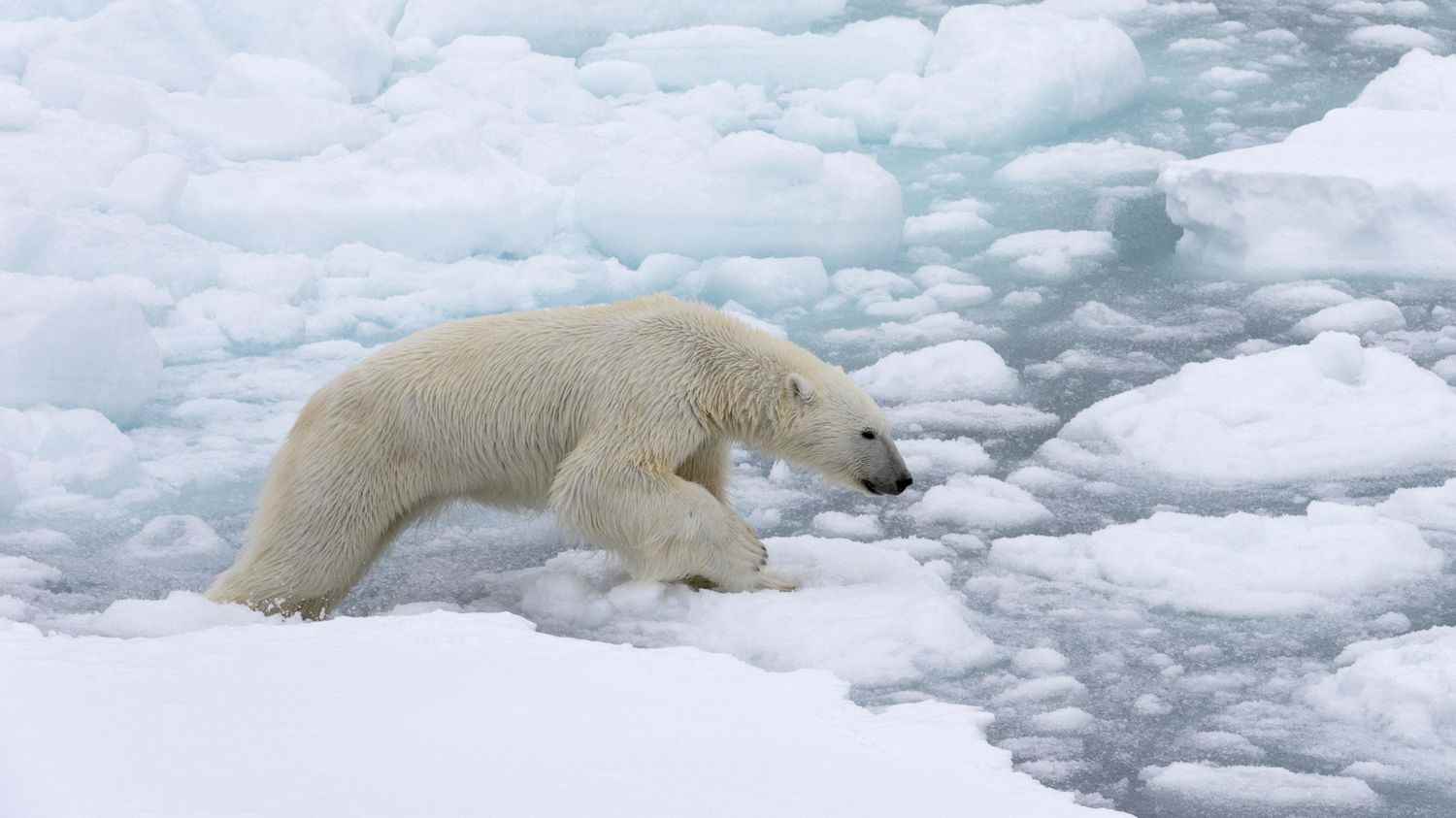The future of the Arctic is at the heart of an international summit which opens on Sunday May 8 in Norway. The annual “Artic Frontiers” conference brings together several scientists. “Beyond this conference, the reality is much darker. We are at an extremely critical moment, and it is moving forward inexorably”alert on franceinfo Olivier Poivre d’Arvor, French ambassador for the Poles and maritime issues.
franceinfo: Do these summits for the climate, for the Poles, which come up regularly, have a use, what are they for?
Olivier Poivre d’Arvor: “Artic Frontiers” is an annual conference in Norway that allows the scientific community to come together on Arctic issues. Beyond this conference, the reality is much darker. We are at an extremely critical moment, obviously there are other subjects on the planet, but this one is moving forward inexorably. This region is threatened by both global warming, the rise in the level of heat is three times higher than in the rest of the world! There is also an environmental threat, fossil fuels continue to be extracted there but above all, there are prospects of diverting world trade and avoiding Suez and Panama, via these major roads which are becoming accessible today. It’s a big threat. It is also a political issue, we are in a region where we have both Russia which obtains 20% of its GDP from these hydrocarbons, these minerals, you have NATO and the United States. For three months, since the beginning of the war, the Arctic Council, which is a kind of governance of the eight Arctic countries, has suspended all its work. The presidency of this council is Russia.
The Giec, the group of experts for the climate, alerted us last month that even with the best possible scenario, a global warming which would be limited to 1.5°, the weakest ecosystems such as the Poles would suffer damage irreversible. So is there an urgent need to act?
It’s more than a message. The Giec has been doing a great job for years, but these figures are repeated over and over again without doing anything. What is happening in the Arctic is dramatic. We know that in 2100, there will be at least one meter of sea level rise: you will have about 1 billion people with their feet and their bodies in the water. What is said less is that in Antarctica the phenomena are also extremely worrying: a month, a month and a half ago, in the French Concordia station, the temperature was 35 degrees Celsius higher than that last year, at the same time and on the same day. The melting of the Antarctic glaciers which is announced is truly dramatic. There, we are no longer talking about one meter, for our grandchildren in 2100 it will be 2 meters of sea level rise, or 2-3 billion people impacted.
It went a little unnoticed with the war in Ukraine and the Presidential election, but France presented its polar strategy for 2030 in early April. What are the objectives and the means of action?
This is the first time that France has published this polar strategy with the resources allocated. The Prime Minister validated it with the 700 million euros of funding allocated until 2030. It was time to put public resources, to give our French Polar Institute more resources to be able to do science. If there are three messages: it’s science, science, science. We need to document what is happening, so that we can react. We are going through an interministerial council, chaired by the Prime Minister, to finance the restoration of our stations in Antarctica, but also the development in the Arctic of a station in Greenland, the dramatic balcony of climate change. We are also going to finance Jean-Louis Etienne’s projects, the Polar Pod in the Southern Ocean, but also Tara in the Arctic, which will become a drifting station for ten years. Finally, we are going to put in place the means to finance an icebreaker. We are going to give scientists additional means, on sea and on land. There, the question arises of the Poles but also of the planet and the possibility for us to live there.
